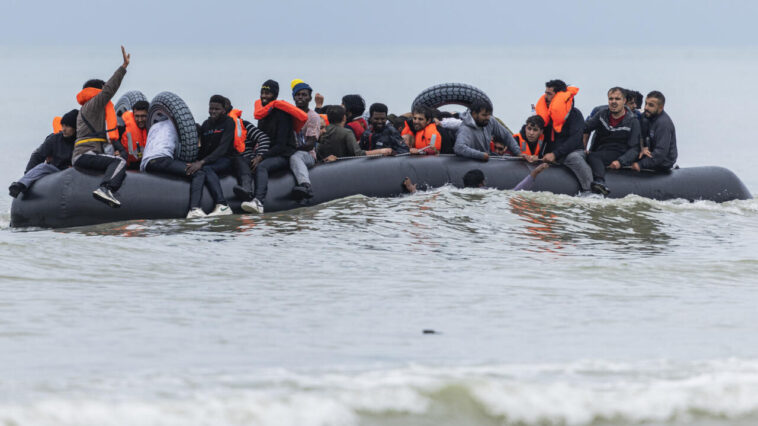
Unmasking The Business of Human Smuggling Across the Channel
An Illicit Trade Booming
For years, the journey through the 20-mile stretch of the Channel between northern France and Britain, has been illegal migrants’ perilous path to greener pastures. For a trade started decades ago, a massive surge was witnessed from 2018 best described as an “industrialisation” of the process. The legalization of this route is largely attributed to increased security measures around the ports and the Eurotunnel and heightened tragedies involving trafficking as seen with the death of 39 Vietnamese people smuggled into Essex in a truck in 2019. Consequently, smugglers have adjusted their strategies shifting from lorries to small boat crossing which, despite the risks, has proven lucrative.
The Alluring Business of Channel People Smuggling
What sets apart the small boat scheme is the handsome profit against a relatively low investment. A report by the Global Initiative Against Transnational Organised Crime reveals that a boat – usually a cheap rigid inflatable, costs approximately €10,000 including clandestine delivery via Turkey and Germany. With each of the 50 passengers charged around €2,000, a single journey yield profits up to €100,000 for these human traffickers.
Who are the People Smugglers?
The narrative behind the faces of these smuggling gangs is a convoluted one. In 2018-19, the majority of the pioneers were of Kurdish Iranian descent – migrants who traversed the same treacherous journey and saw the financial rewards of the trade. Fast forward to 2019, Iraqi Kurds dominate the trade, controlling key embarkation points. Rivalries between gangs controlling different regions often escalate to violent confrontations with weaponry at their disposal. African and Afghan nationals, though involved in this enterprise, are usually employed by the Kurdish gangs.
Complex Trafficking Operations
Migrating hundreds, possibly thousands, is no mean feat. It is a complex operation involving coordination across multiple locations through communication tools like WhatsApp, and swift action anticipating changes in weather patterns for safe crossing. The boats, often managed by fellow migrants, make the journey in about four to eight hours.
Upsurge in Illegal Border Crossings
In 2018, a mere 299 people were smuggled via this route. This number has now soared into the tens of thousands with 2022 recording an all-time high of 45,774 registered arrivals. Despite a brief dip in these figures to 29,437 in 2023, 2024 is slated to post the second-highest figures in history based on arrivals growing past 33,500 by November 17.
Countering Human Smuggling
In response to the staggering numbers, the Government has taken measures aimed at mitigating and eventually ending this illegal trade. Among the strategies employed include returning migrants to safe countries such as Albania which led to a noteworthy drop in asylum applications, from 14,347 in the year to March 2023 down to 2,836 the following year. Secondly, a plan was instituted to transport all irregular asylum seekers to Rwanda, however, this program was abolished by Keir Starmer. The ultimate goal, however, remains to dismantle these smuggling gangs, a task allocated to the unified Border Security Command.
The Future of People Smuggling
The success of these interventions is yet to be seen, with global trends, not British actions, being the main influencing factor. As long as the profits are as enticing and opportunities for legal migration remain elusive, there will always be willing parties ready to step into the shoes of dismantled crime groups. The silver lining however, lies in the escalating trend across Europe to fortify borders, a factor that could potentially cut down the number of migrants converging in northern France, waiting for clandestine crossing to the UK.
Originally Post From https://theweek.com/crime/how-people-smuggling-gangs-work


